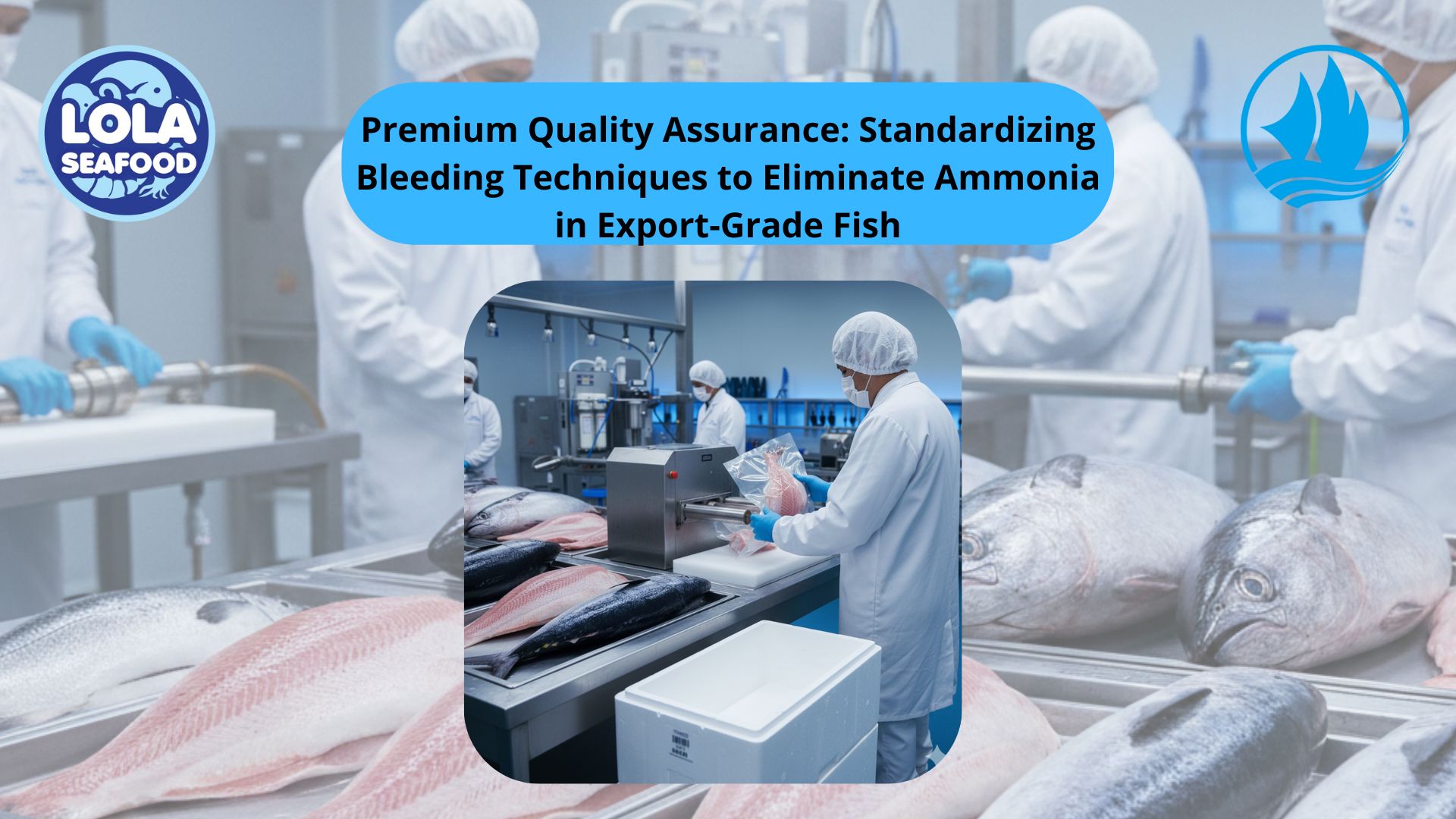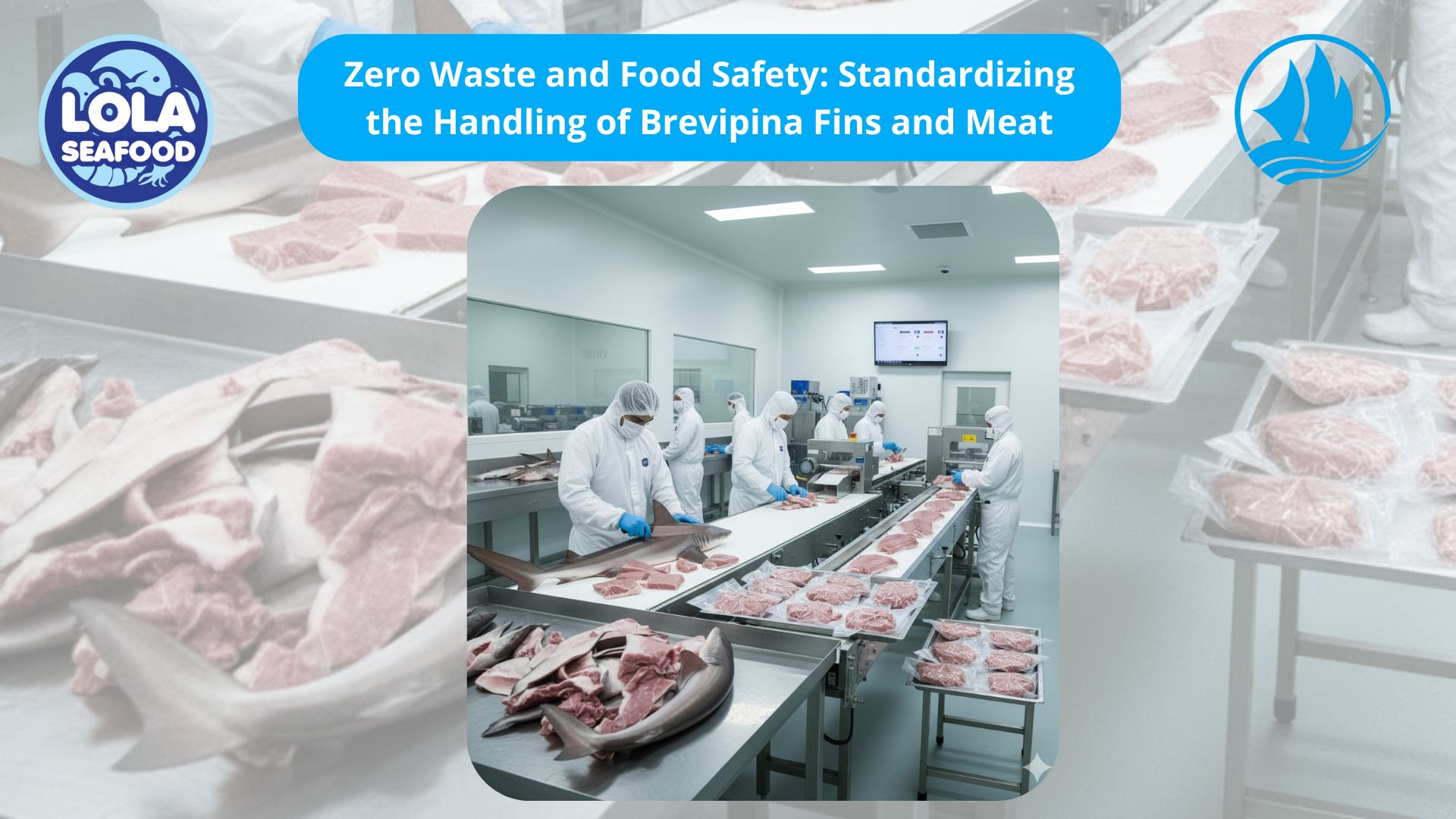How Climate Change Impacts the Processing of Wild Caught Fish
By. Lutfi - 15 Sep 2025.jpg)
Kelolalaut.com The global seafood industry relies heavily on wild-caught fish, which provide essential protein and nutrition for millions of people worldwide. However, climate change is increasingly altering the dynamics of wild fisheries—from where fish are caught to how they are processed in industrial facilities. Rising ocean temperatures, shifting fish populations, and more frequent extreme weather events are reshaping not only capture practices but also the entire downstream processing chain. Understanding these impacts is crucial for processors, suppliers, and policymakers to maintain seafood quality, safety, and availability in the future.
1. Shifts in Fish Distribution and Supply Variability
One of the most visible effects of climate change is the shift in fish populations. As ocean waters warm, many species migrate toward cooler regions, sometimes moving hundreds of kilometers away from traditional fishing grounds.
For processors, this creates several challenges:
- Unpredictable supply: Fish may arrive at factories in irregular volumes, making it harder to plan production schedules.
- New sourcing routes: Facilities may need to adjust logistics and cold storage systems to handle catches coming from further distances.
- Species substitution: Processors may receive unfamiliar species as traditional stocks decline, requiring adaptation in filleting, freezing, or packaging techniques.
This unpredictability disrupts efficiency and increases costs for processing plants that rely on consistent volumes of wild-caught fish.
2. Quality and Freshness Concerns
Climate change can also influence the quality of fish upon arrival at processing plants. Warmer water temperatures accelerate metabolic rates in fish, which can cause:
- Faster spoilage after capture.
- Softer flesh texture that complicates filleting.
- Higher susceptibility to bacterial growth during transport.
Additionally, extreme weather events such as storms can delay fishing vessels, extending the time fish spend on board. This reduces freshness, forcing processors to implement stricter sorting and quality control measures. Some plants must invest in advanced preservation technologies—such as superchilling, slurry ice, or rapid freezing—to maintain quality standards.
3. Increased Parasite and Food Safety Risks
Rising sea temperatures and ecosystem disruptions can foster the spread of parasites and harmful bacteria in wild fish populations. Species such as Anisakis or Vibrio are becoming more prevalent, raising food safety concerns for consumers.
For processing facilities, this means:
- Implementing longer or colder freezing protocols to neutralize parasites.
- Expanding laboratory testing for pathogens.
- Introducing more advanced monitoring systems to comply with international food safety regulations.
These additional steps increase operational costs and may slow down processing efficiency.
4. Energy Demands in Processing Facilities
Another indirect impact of climate change is the rising demand for energy in fish processing plants. Warmer climates make it more challenging to maintain cold chain systems, especially in regions with limited infrastructure. Freezing, chilling, and refrigerated storage require more electricity when external temperatures rise.
As processors increase energy consumption to maintain quality, their carbon footprint grows, creating a paradox: the seafood industry itself contributes to the very climate change that is disrupting it. This has spurred interest in renewable energy adoption and energy-efficient technologies in processing facilities.
5. Disruptions in Transportation and Logistics
Climate change also affects the supply chain beyond processing plants. Extreme weather events such as floods, storms, and rising sea levels can disrupt port operations and delay transportation of raw fish or finished products.
For processors, this leads to:
- Higher risk of product loss due to extended transport times.
- Greater reliance on backup cold storage systems.
- Increased insurance and shipping costs.
These logistical disruptions reduce the overall resilience of the wild-caught fish industry.
6. Adaptation and Innovation in Processing
Despite these challenges, many processors are actively adapting to climate change. Some of the strategies include:
- Flexible processing lines that can handle multiple species, compensating for shifting fish populations.
- Smart cold chain monitoring systems using IoT sensors to ensure consistent temperature control.
- Diversification of raw materials by incorporating both wild-caught and farmed fish to stabilize supply.
- Sustainability certifications (e.g., MSC) that emphasize responsible sourcing and environmental stewardship.
Additionally, investment in research and development is helping processors discover new preservation methods and optimize waste utilization, making the industry more resilient.
7. The Human and Economic Dimension
The impacts of climate change are not just technical—they also affect livelihoods. Communities that depend on wild fisheries may face declining catches, which translates into fewer raw materials for processing plants. This can lead to job losses, reduced export potential, and economic instability in coastal regions.
To counter this, collaboration between governments, processors, and fishing communities is essential. Policies that promote climate-resilient infrastructure, sustainable fisheries management, and green technologies will be critical for safeguarding the seafood industry.
Climate change is fundamentally reshaping the way wild-caught fish are processed. From unpredictable supply and declining quality to heightened food safety risks and rising energy costs, processors face a landscape that is both complex and uncertain.
The solution lies in adaptation and innovation—embracing flexible technologies, sustainable practices, and stronger supply chain management. While climate change poses undeniable threats, it also presents an opportunity for the seafood processing industry to modernize, reduce its carbon footprint, and secure a more resilient future.
If youre interested in our Mahi-Mahi Fillet Skinless please do not hesitate to contact us through email and/or w\Whatsapp
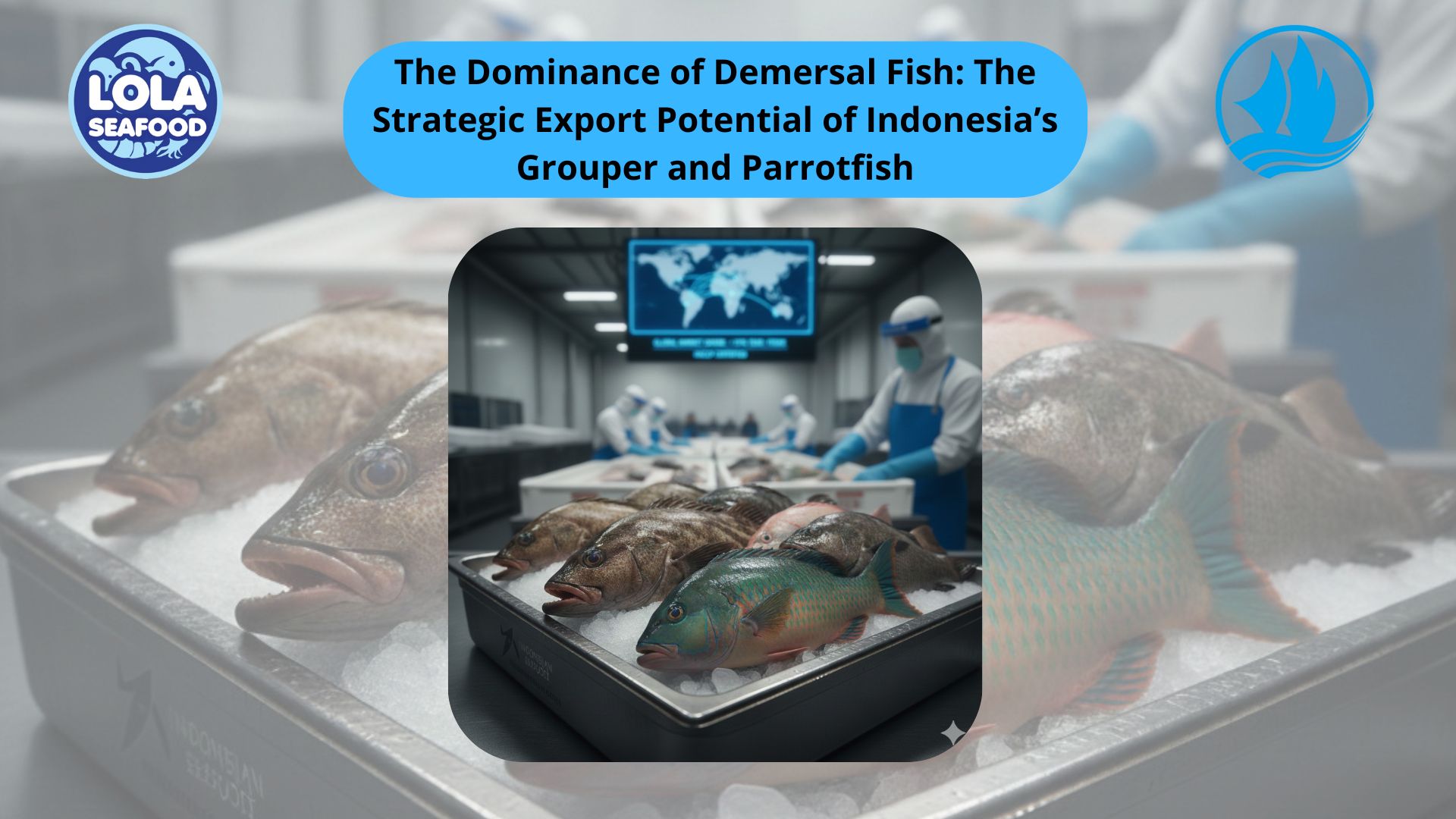
The Dominance of Demersal Fish: The Strategic Export Potential of Indonesia’s Grouper and Parrotfish
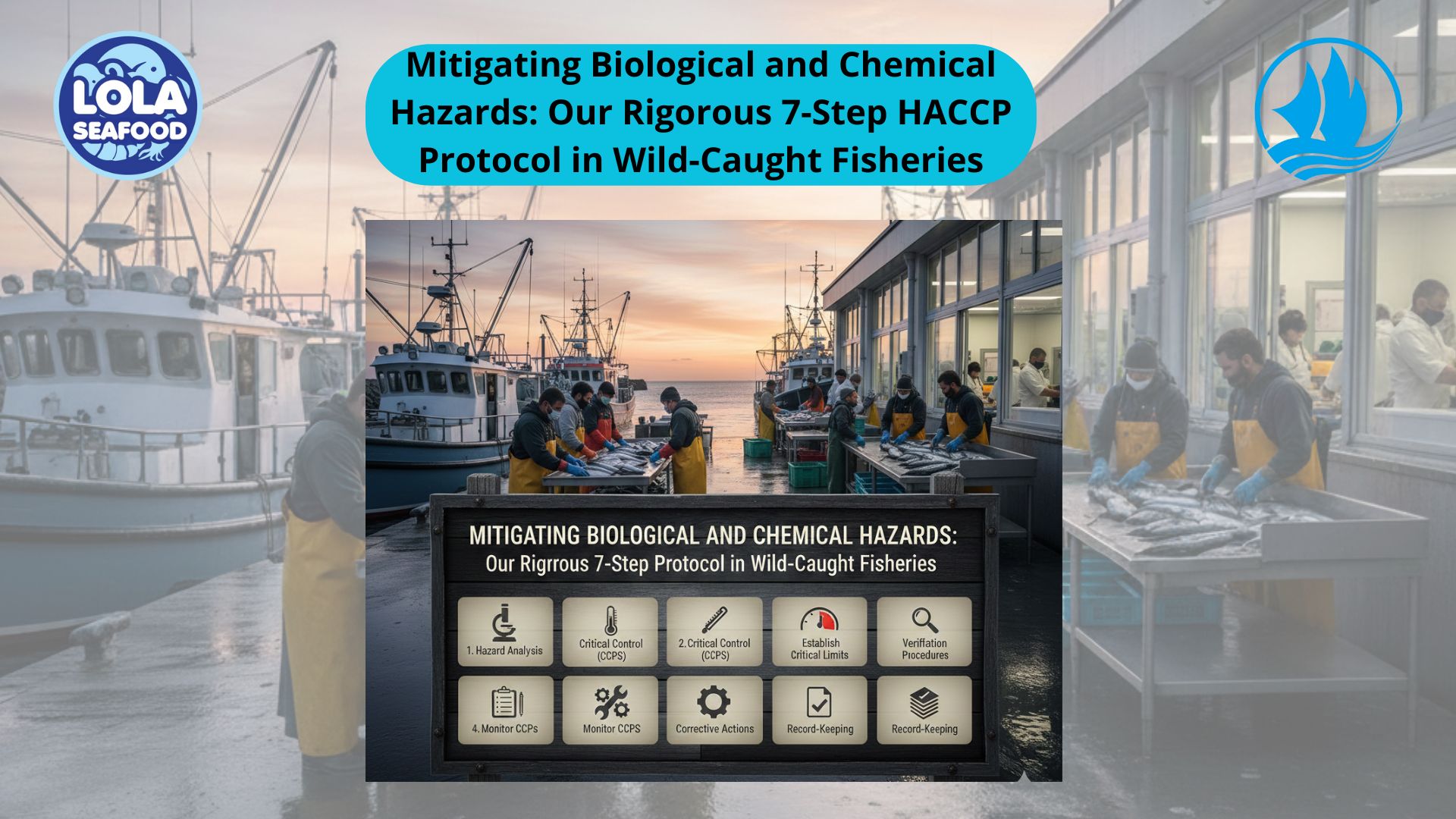
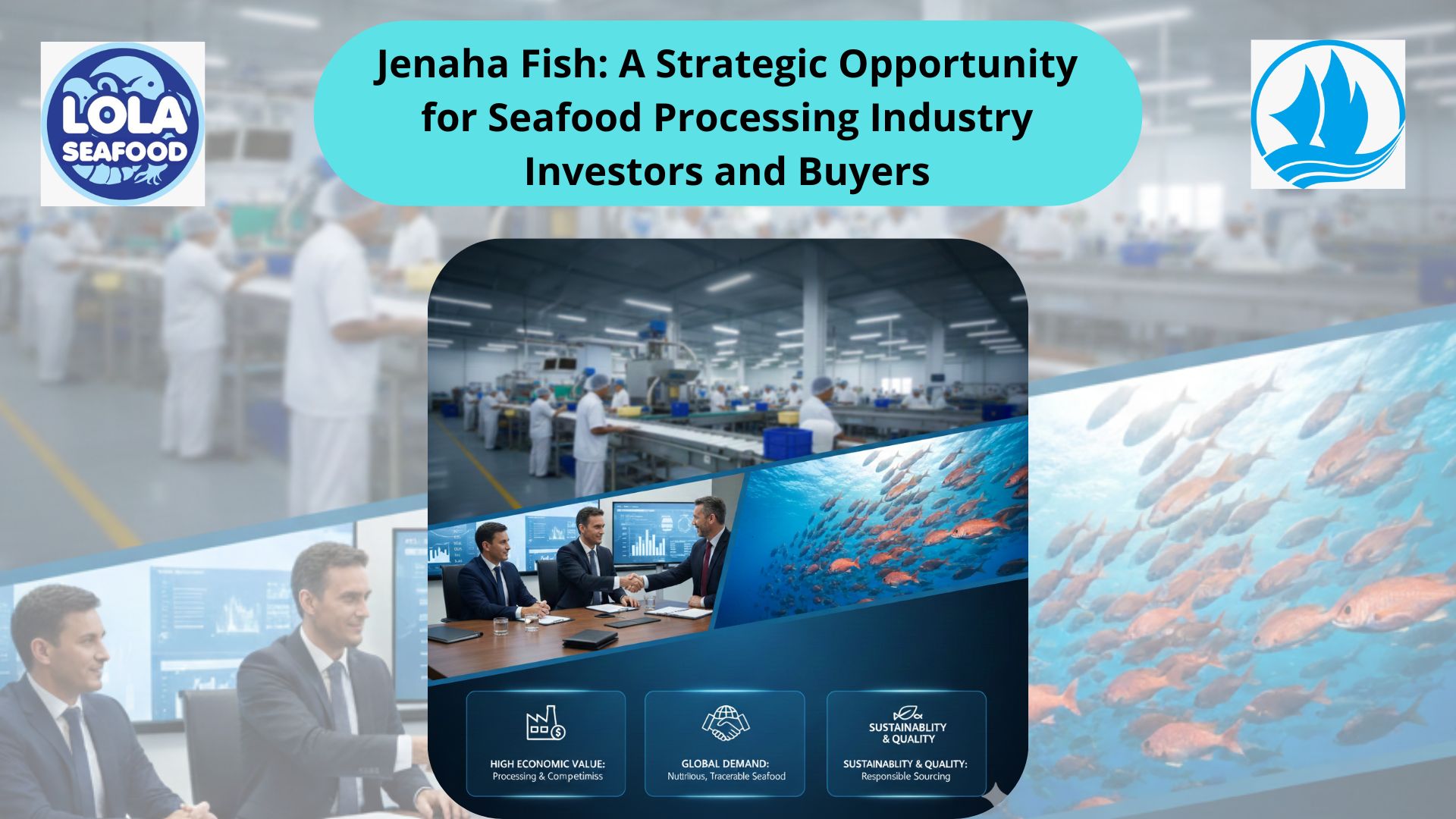
.jpg)
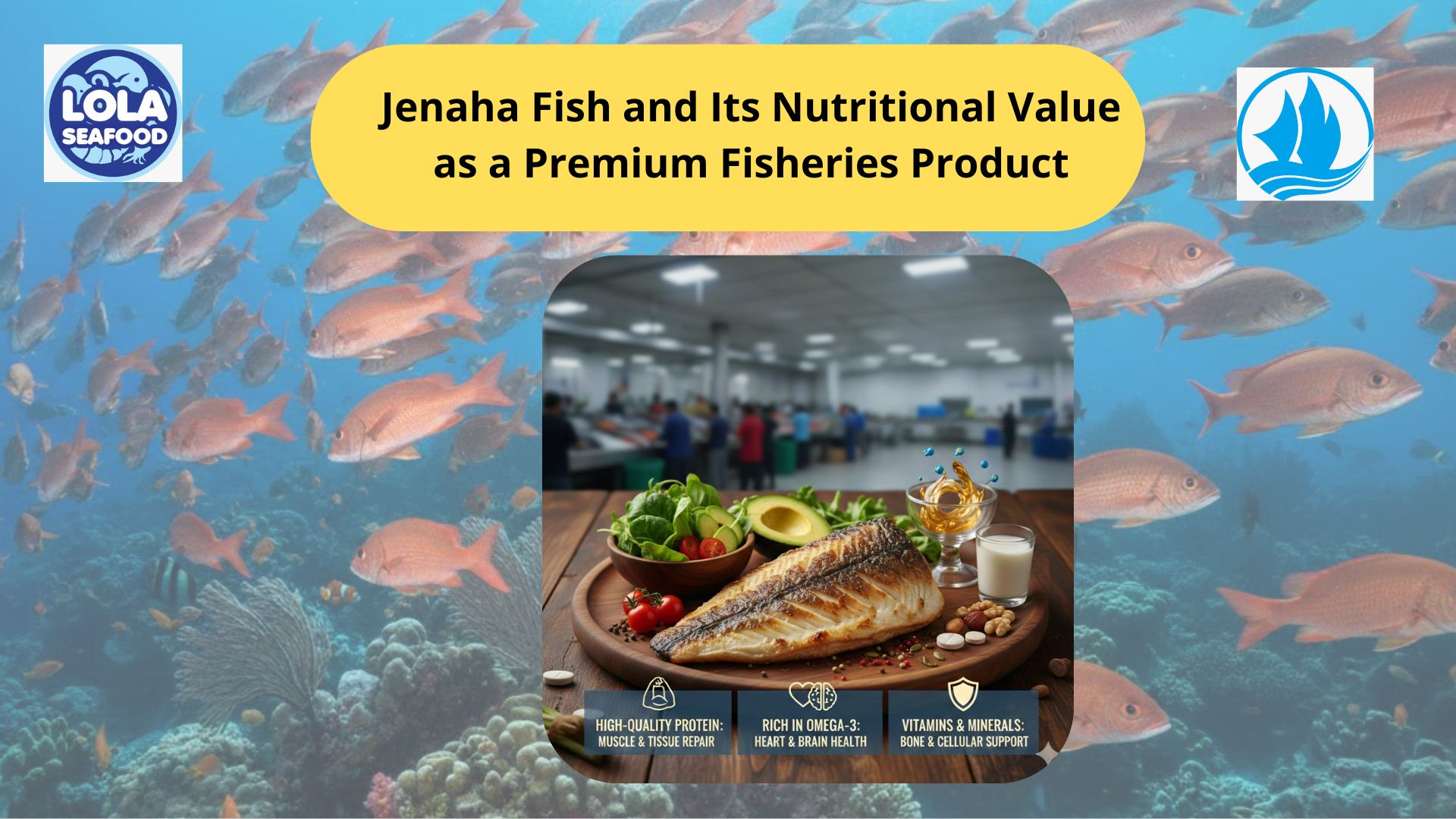
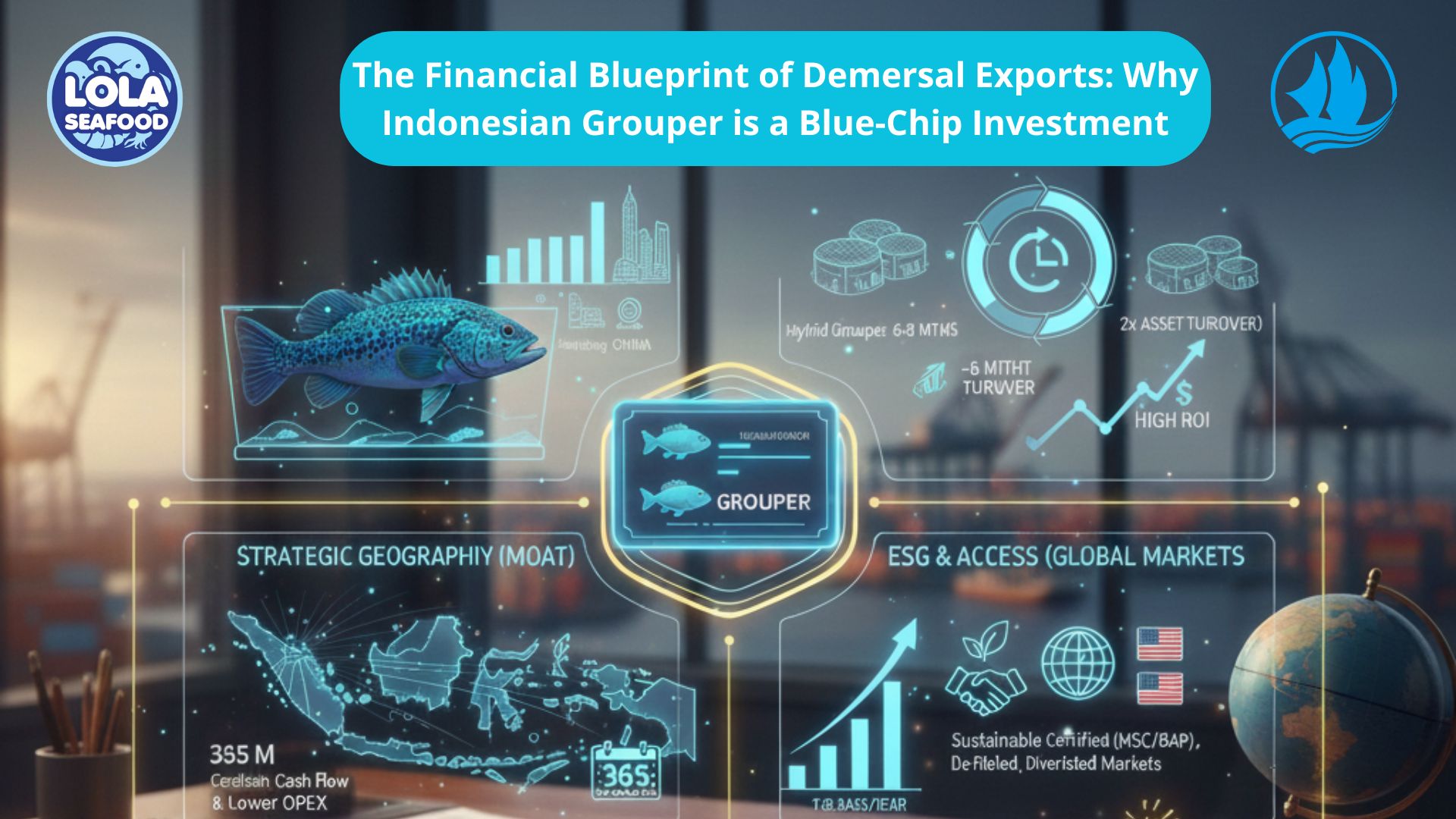
.jpg)
